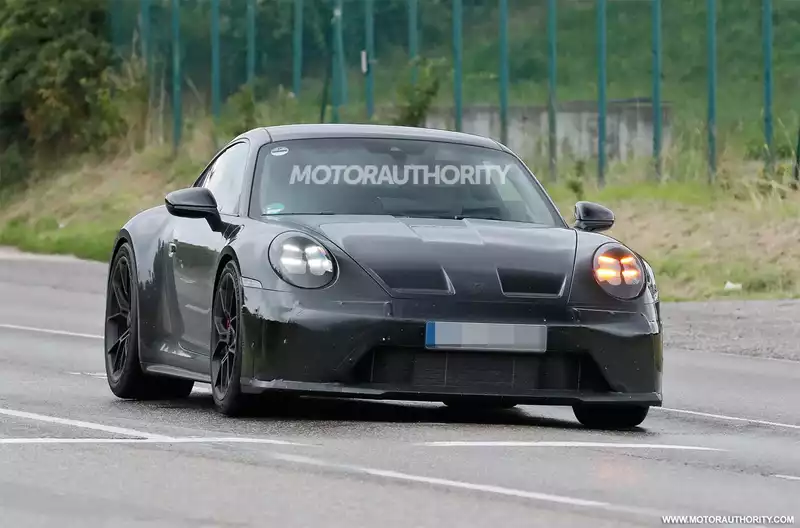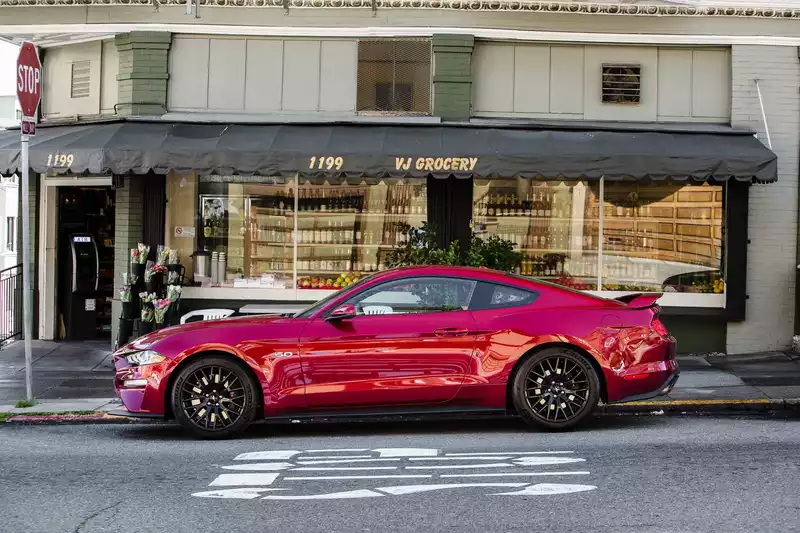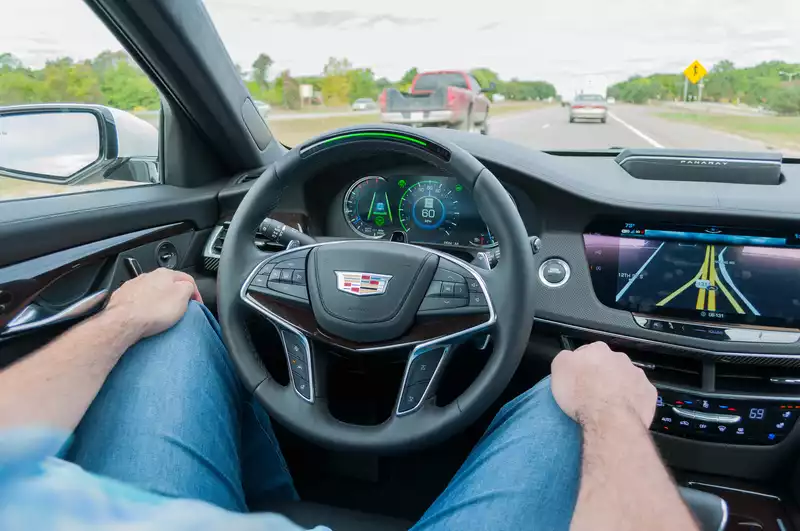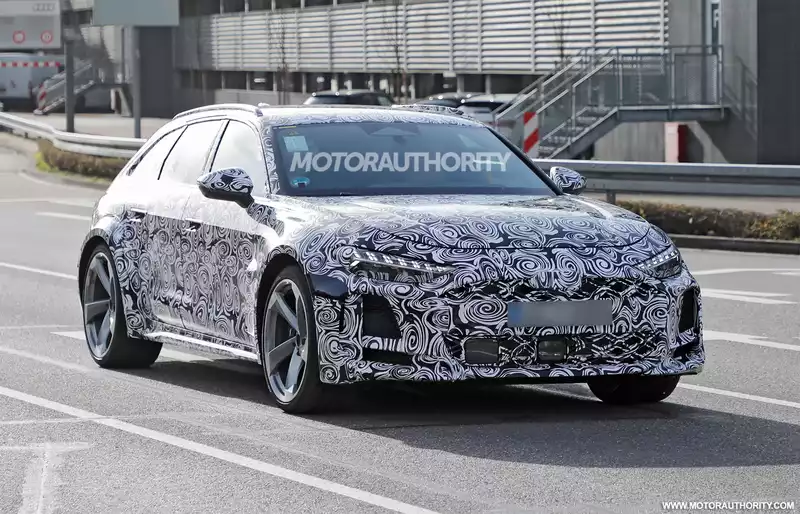Xpeng's automated driving system was tested during an 1,800-mile trip.

In March, Chinese electric vehicle startup Xpeng reached a major milestone in the development of its automated driving system for highways known as Navigation Guided Pilot.
NGP, which groups all of Xpeng's electronic driver assistance features under the Xpilot banner, ranks as Level 2 on the SAE scale of automated driving capability because it requires occasional driver corrections. However, as Xpeng has demonstrated in recent tests, the number of corrections is relatively low.
In March, Xpeng invited 228 journalists, EV enthusiasts, and industry experts to test the NGP on a fleet of P7 sedans traveling between the cities of Guangzhou and Beijing, China. The route was chosen to take into account the complexities encountered by the vehicles and the conditions that are representative of most highways in China
.
The vehicle left Guangzhou on March 19 and arrived in Beijing a week later. During this period, the NGP was used for approximately 1,820 miles. Results were compiled and found that the system required an average of 0.71 corrections per 62 miles
.
Other results included a 94.41% success rate for lane changes and overtaking, 92.76% for on- and off-ramps, and 94.45% for tunnels.
The NGP relies on numerous sensors as well as GPS navigation and high-definition map data. The sensors include 14 cameras, 5 millimeter wave radars, and 12 ultrasonic sensors, all processed by Nvidia's Drive Xavier computer chip.
NGP has already been deployed in some Xpeng vehicles via wireless updates.
The Xpeng P7 used for testing is an electric sedan that debuted at Auto Shanghai 2019. The vehicle's largest battery is 80.9 kilowatt-hours, and its most powerful powertrain is a dual-motor setup that delivers about 430 hp and 483 lb-ft of torque.Xpeng also sells a crossover called the G3 and is developing a smaller sedan called the P5 [20] Xpeng also sells a crossover called the G3 and is developing a small sedan called the P5.





